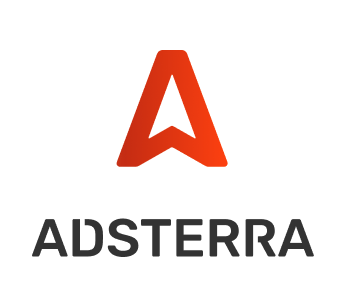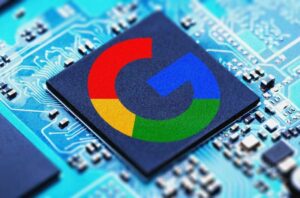In the rapidly evolving artificial intelligence (AI) landscape, Jim Keller, the visionary CEO of AI computer company Tenstorrent, and Nvidia’s dominance in AI hardware stand as two undeniable truths. Keller, with his rich background at AMD and Tesla, recently made a compelling comparison on the DemystifySci podcast, suggesting that Nvidia is on its way to becoming the IBM of the AI era.
Nvidia’s processors are currently leading the AI industry with unmatched functionality, sparking an arms race among tech giants eager to secure their innovative AI processors. The AI market of 2024 is witnessing explosive growth, reminiscent of the dawn of a new technological era. Nvidia’s impressive Q1 earnings of over $26 billion, with a staggering $22 billion attributed to AI data center demand, underscore this trend. Jensen Huang, Nvidia’s CEO, boldly claims that AI is the next industrial revolution, with Nvidia poised at its epicenter.
The strategic decision by Nvidia to pivot towards AI early, coupled with its robust infrastructure, has positioned it as the unparalleled leader in the AI chip market. Major players like Microsoft, OpenAI, and Meta are all competing for a share of the promising yet nascent AI market, reinforcing Keller’s assertion that Nvidia could mirror IBM’s historical significance in the computing world.
IBM’s journey from dominating the mainframe market to pioneering the personal computer revolution in the 1980s is well-documented. For a time, IBM was synonymous with PCs. However, the landscape shifted in the 1990s and early 2000s due to strategic decisions that allowed Microsoft to rise as the new synonym for PCs. IBM’s divestment from PC production, culminating in the sale of its PC division to Lenovo in 2005, serves as a reminder that market monopolies are often transient.
While Nvidia’s current trajectory seems unassailable, the AI market’s infancy means that its future is still unwritten. Concerns about the sustainability of the AI data center market loom, with analysts like Sequoia’s David Cahn suggesting that the revenue needed to support the burgeoning AI infrastructure may be unattainable, hinting at the potential growth of a financial bubble.
Despite these concerns, the AI market’s freshness offers a canvas for innovation and change. If Nvidia’s early entry into the AI chip fabrication market is any indication, it may also possess the foresight to navigate and sustain the growth of this sector, potentially avoiding the pitfalls that affected IBM.
Keller’s analogy not only reflects on the cyclical nature of technological dominance but also emphasizes the importance of staying informed about the latest developments in the tech world. As the AI market continues to unfold, it remains to be seen whether Nvidia will maintain its leadership or if new challengers will emerge, reshaping the industry.






